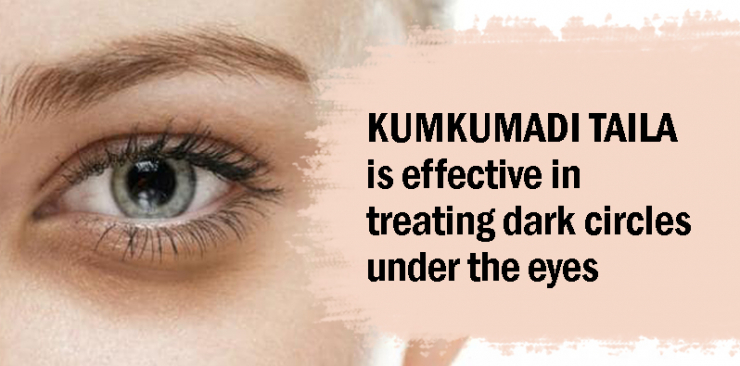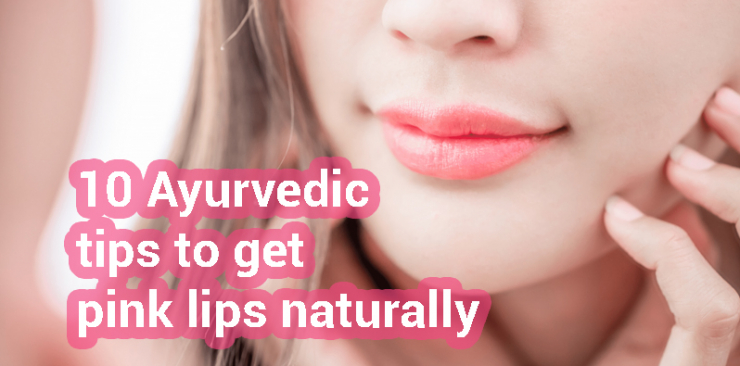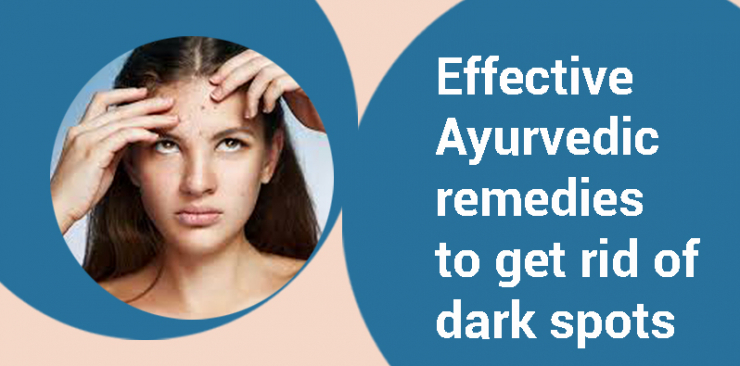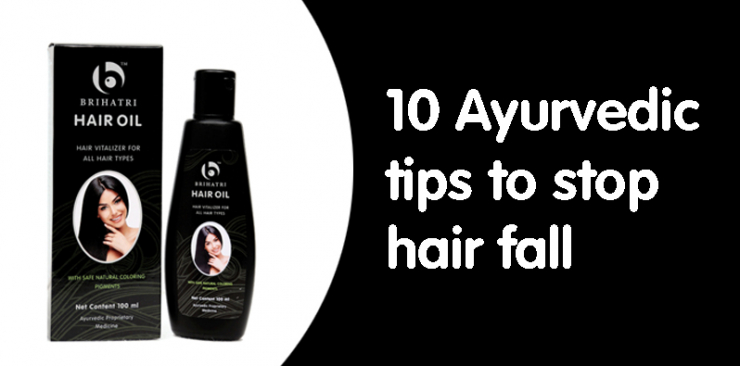WRIGHT OIL CAN TREAT PSORIASIS EFFECTIVELY
Psoriasis is a skin disease that shows up as red, itchy scaly patches, mostly on the knees, elbows, trunk and scalp. It is a chronic disease and takes time to get rid of. While it subsides for a while, it flares up again.
Psoriasis symptoms vary from person to person. Commonly it manifests as red patches of skin covered with thick scales, small scaling spots usually seen in children. It also shows up as dry, cracked skin that may bleed or itch. Itching leading to burning or soreness leading to swollen and even stiff joints can happen.
Ayurvedic perspective of psoriasis
Ayurveda classifies psoriasis as ‘kushtha’, which means a chronic condition that is intractable and incurable. According to Ayurvedic texts, psoriasis occurs due to imbalance in Vata and Kapha doshas. Vata, which controls bodily functions, may contribute to the dryness and skin scaling of psoriasis. Kapha, on the other hand, is responsible for growth. Hence, it may lead to itching due to skin cell turnover.
When there is an imbalance between Vata and Kapha, these two energies lead to a build-up of toxins in a person’s system, leading to inflammation. As a result, Ayurvedic treatments for psoriasis not only suggest herbal applications but also diet and lifestyle changes. Several studies suggest that Ayurvedic treatment is successful in reducing psoriasis.
Ayurvedic treatment for psoriasis begins with detoxification and cleaning blood impurities. Once the involved doshas are balanced, the next step is to strengthen immunity. In addition to medicines, Panchakarma may also be recommended to detoxify the tissues and balance Vata and Kapha doshas.
Panchakarma therapy
Panchakarma therapy is the main Ayurvedic treatment used to treat psoriasis. Panchakarma therapy involves plant-based remedies and dietary changes. The therapy detox and purify the body. A vegetarian diet is also recommended, especially during the duration of the treatment for better results. Panchakarma treatment includes consuming medicated ghee, which will lead to purging and vomiting. During the therapy, medicated oil and buttermilk are dripped on the patient’s head. His/her body in also covered with medicinal pastes and mud. However, the success of the treatment depends on the severity of the psoriasis and the patient’s faith in the treatment.
Ayurveda advices to:
Avoid spicy and oily foods
Avoid tea, coffee, hot spices, canned and preserved foods
Wear loose, cotton clothes
Use mild herbal soap for bathing
Use soft, smooth towel and avoid rubbing the skin
Practice yoga and exercise to enhance immunity
Ayurveda also suggests the following natural remedies to soothe the pain and itching:
Aloe vera gel: Aloe vera gel has antibacterial, antimicrobial, immune system-boosting and wound-healing properties. It relieves skin irritation and promotes healing.
Olive oil: Olive oil is a natural remedy for many skin conditions. Rich in omega-3 fatty acids, it has anti-inflammatory properties. It can be used on the skin, on the scalp and even included in the diet.
Tea tree oil: Tea tree oil is used for treating a variety of skin conditions. It is blessed with anti-inflammatory, antiseptic and nourishing properties. When used with olive oil, it helps in relieving itching and softening dry skin.
Wright oil for psoriasis
Besides several Ayurvedic and herbal medicines, medicated Ayurvedic oils are also very beneficial for treating psoriasis. One such Ayurvedic oil is Wright oil. It is an Ayurvedic concoction used externally for the treatment of various skin diseases including psoriasis. This anodyne, anti-helminthic, anti-inflammatory, anti-bacterial, anti-pyretic and astringent oil has proved to be very effective in treating psoriasis.
CLICK HERE TO BUY NOW…!!!
Ingredients of Wright oil
Kutaja: Wrightia tinctoria or Kutaja is the main herb which is processed as oil. Kutaja has anti-fungal and anti-microbial activity, as a result, it soothes the skin by properly hydrating it and relieves the dryness, itching, and flaking. Kutaja also have anti-oxidant and anti-psychotic properties that are helpful in reducing the symptoms of psoriasis.
Neem oil: Neem oil has immense benefits on the skin. It is an effective treatment for psoriasis as it has anti-bacterial, anti-imflammatory and anti-fungal properties that help in healing wounds fast.
Neem oil also soothes red, itchy, inflamed skin caused due to psoriasis. Its ingredient called nimbidin is also effective in treating psoriasis.
Karanja oil: Karanja is a medicinal herb used for skin disorders. Due to its anti-inflammatory and anti-microbial properties, Karanja oil is an ingredient in Wright oil. It promotes healing fast



























 AyurCentral
Plus
AyurCentral
Plus






